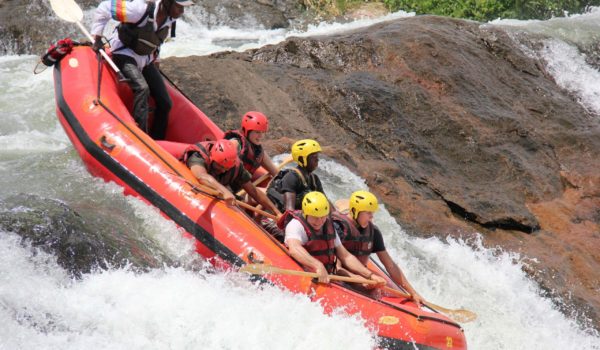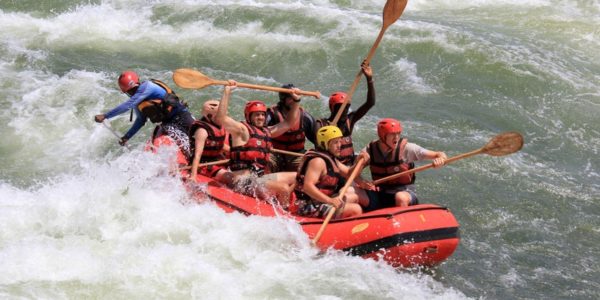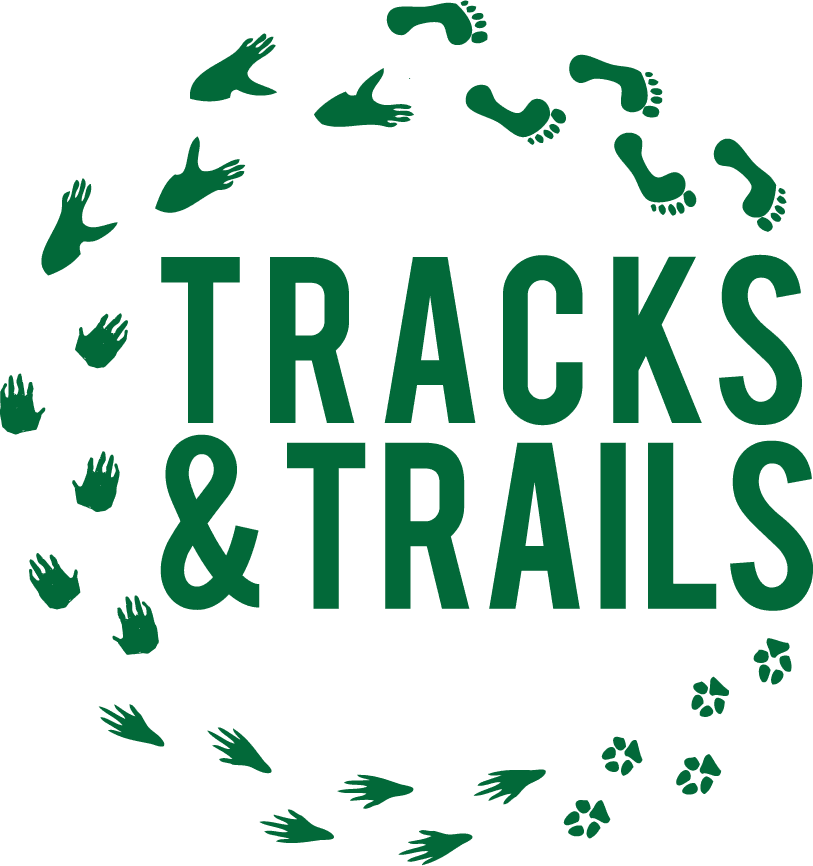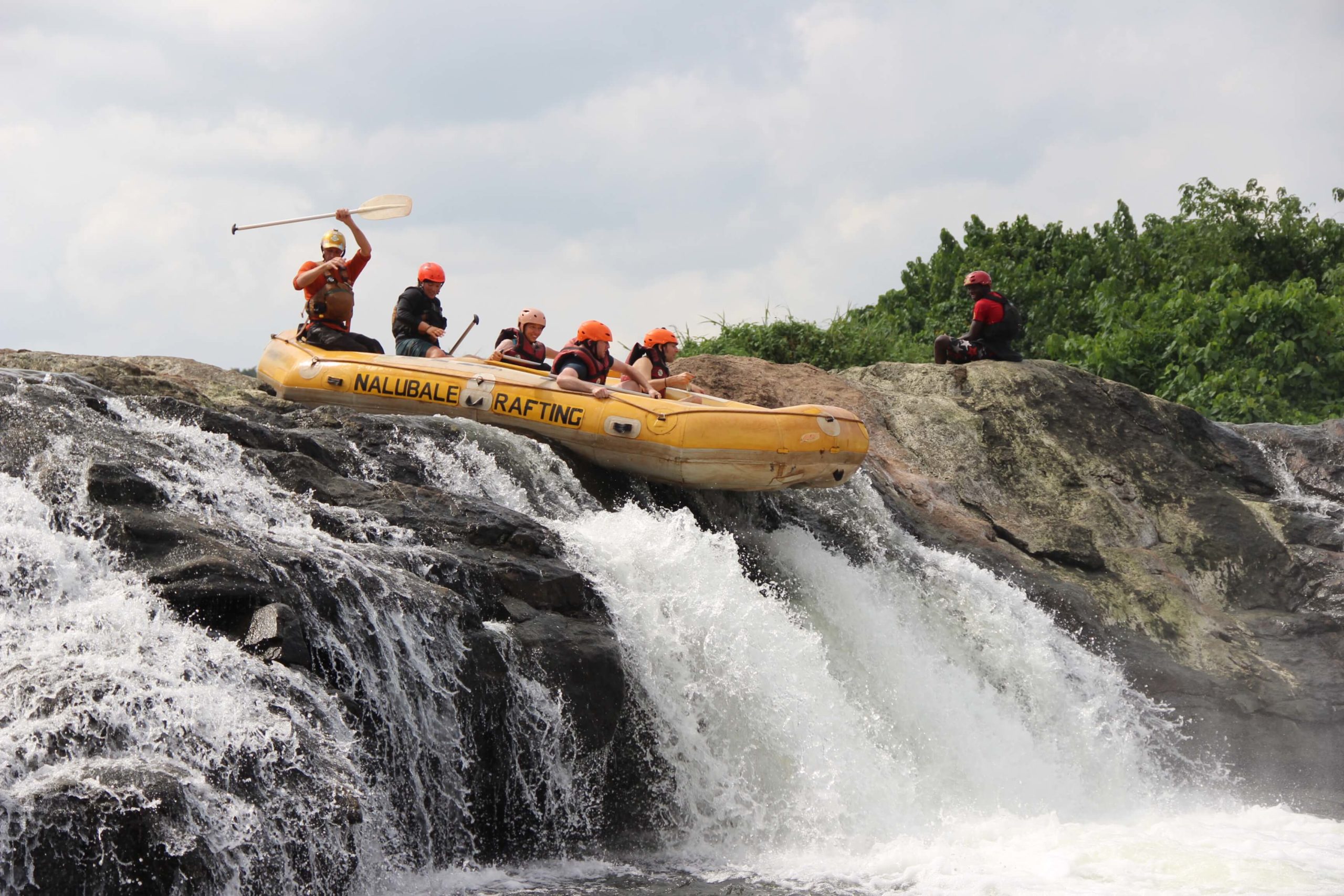Water Rafting in Uganda
Uganda’s white-water rafting industry is comparatively new – the first drop of the river by a paddler was in 1996, and the grade 4 and 5 extend of rapids on the Nile have since been developed into a world-class rafting destination possessing some of the most prevailing and constant rapids on earth.
The powerful volume of water creates horrible rapids that provide an unforgettable rafting experience equivalent to that of the Zambezi River in Zimbabwe. Home of the white-water rafting industry is the city of Jinja, located at the source of the River Nile, the longest river in the world. Bujagali Falls downstream of the Nile’s basis, and close to Jinja, has been vaunted the ‘adrenaline capital’ of Uganda, offering not only white water rafting, but also bungee jumping, kayaking, mountain biking and river boarding.

The powerful volume of water creates horrible rapids that provide an unforgettable rafting experience equivalent to that of the Zambezi River in Zimbabwe. Home of the white-water rafting industry is the city of Jinja, located at the source of the River Nile, the longest river in the world. Bujagali Falls downstream of the Nile’s basis, and close to Jinja, has been vaunted the ‘adrenaline capital’ of Uganda, offering not only white water rafting, but also bungee jumping, kayaking, mountain biking and river boarding.
Rafting Destination
It is in Jinja, a small colonial town in Uganda that rafting trips can be taken. Rafting the river Nile in Uganda has become a huge tourist attraction and Jinja is often quoted to be the ‘adventure capital of East Africa’, white water enthusiasts have been rafting here for over 10 years. From the apprehensive who have never been on a river before to the seasoned adventurer, the Victorian source of the Nile in Uganda has something for everyone.
The Nile is the classic pool‐drop river with deep, calm pools interspersed between powerful and exciting rapids and multitudes of different channels. At no point is the Nile constrained to one channel. The multiple of rapids between the beautiful mid‐river islands allows the expert guides to chose milder options for those not willing to subject themselves to certain dunking in the river.
How It's Done
The white water rafting is done in paddle‐rafts, each person joins as a member of a team and a professional guide captains the team. Paddlers are instructed comprehensively on how best to enjoy themselves on the water and on all aspects of safety including the use of safety kayaks which accompany every raft trip on the water. The highly trained safety kayakers are world class paddlers who adeptly pilot their kayaks through the rapid ahead of the raft. When the rafts flip upside down or people are washed overboard they are nearby to provide assistance in getting people back to their boats.
The Journey
The trip on the water begins slowly and the first few kilometres give the raft guides an opportunity to train their crews fully on all aspects of Nile rafting. The river becomes much more adventures at Bujagali Falls and one major rapid follows swiftly after another for most of the morning.
Once the rafts enter Wild waters Reserve (protects the unique flora and fauna of the mid‐stream islands of the Nile), there is more time between the rough water but the rapids become larger and more spectacular. At Itanda (The Bad Place) the Nile is too powerful for the rafts and so the rafts are taken around the top by land.


